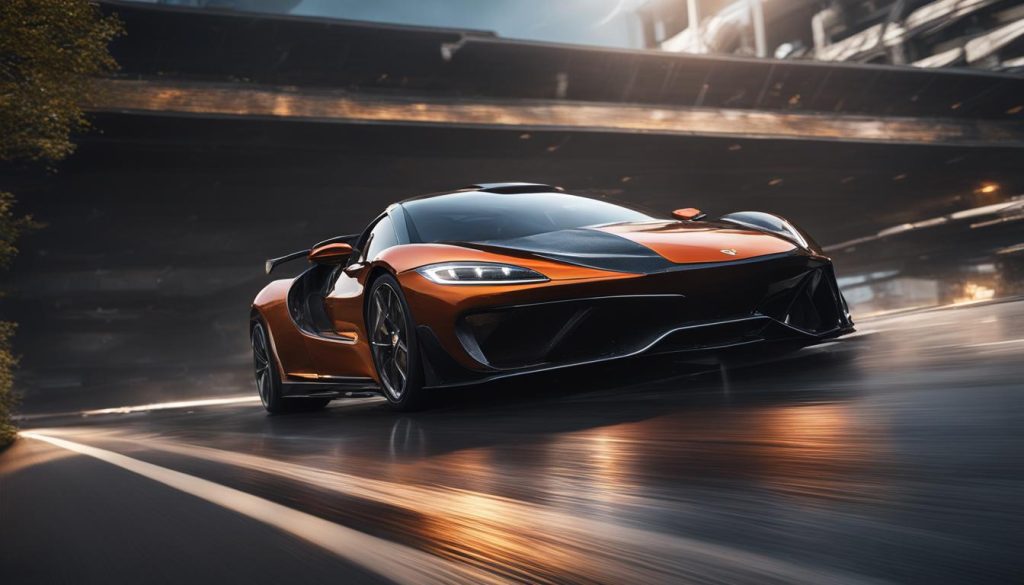The 2023 Lexus RZ 450e earns a point each for its pleasing acceleration and planted handling, for a crossover.
All-wheel drive comes standard courtesy of a 150-kw front motor and 80-kw rear motor and a 71.4-kwh battery pack supplied with Panasonic cells, though the usable capacity is 64 kw. Five drive modes vary driving dynamics such as throttle response and torque distribution between the axles, but in most cases the system defaults to a 60/40 front-axle driving bias. Coming into turns, the bias shifts more to the front to manage understeer, and out of turns, the bias shifts to the rear axle for better traction and acceleration.
There is some body lean in turns, but the RZ feels more planted in corners than either the NX or RX, in part because it sits a bit lower and the roughly 4,600-pound weight is spread more evenly between the axles. A rigid upper structure developed from the LC sports coupe also helps.
Lexus skips adaptive damping for reactive dampers on the multilink rear suspension to help cushion the ride, and give the RZ quiet composure that only gets ruffled when pushed harder than most Lexus drivers would try.
How fast is the Lexus RZ?
Combined, the permanent magnet motors make 308 hp and an estimated 320 lb-ft of torque. It lacks the sudden surge off the line of some electric crossovers, but hustles well enough to reach 60 mph in 5.0 seconds, according to Lexus.
The five driving modes include the usual suspects, with Normal, Eco, Sport, and a Custom mode that lets you change the steering and acceleration feel through the touchscreen. Having a toggle or buttons in the console would be preferred to the three button presses it takes to access drive modes in the touchscreen. There’s room enough for it on the console without taking away from the lovely wood trim.
A new Range mode adds a greater efficiency setting than Eco. It softens the throttle, shuts off the climate control, relies solely on the smaller rear motor for power so the traction system isn’t as responsive, and it defaults to Eco mode when the car exceeds 62 mph. It’s good for around-town cruising, and provides a 5% to 10% boost in range compared to Eco mode.
Braking
Four regen braking settings also complement range concerns. Instead of a B setting on the gear dial as in other Toyota/Lexus models, the RZ 450e employs paddle controls with either steering wheel setup. The strongest setting won’t get the RZ down to a complete stop, with Lexus preferring drivers to use the actual brake pedal to finish the last part of the braking action. It’s smooth, even on the strongest setting, without any kind of jostling grab.
Steering
The most significant development on the Lexus RZ 450e is the introduction of the brand’s steer-by-wire system attached to a steering yoke. It won’t be offered at launch, and might still be a few years off before it’s sold alongside the conventional rack and pinion with electric assist. In back-to-back testing with both systems, the yoke felt more engaging and direct than the dull rack.
#Lexus #Prices #Photos #Reviews #Specs













